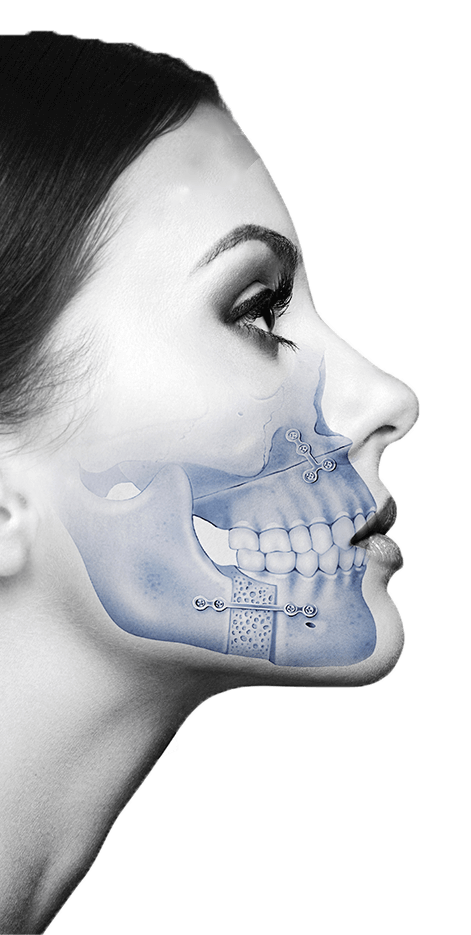The loss of teeth in the maxilla has as an irreversible consequence: the gradual loss of the bone that supports them, a process that can continue its course until eventually the bone disappears almost completely, making it almost impossible to place implants.
May interest you: The importance of acting fast when we lose a tooth
At this point, there are two options to recover the smile and functionality of the patient:
- The reconstruction of the bone by means of autografts mixed with artificial bone is a a valid option, although traumatic and more recommendable for younger patients, since it requires a greater capacity of regeneration for the complete recovery of the extracted bone.
- Subperosteal implants, the most recommended option for older patients. These are a type of dental implant used to support artificial teeth when there is not enough healthy bone available to support traditional dental implants. Unlike implants, which are placed directly into the jawbone, subperiosteal implants are placed above the bone and below the gum tissue.
The placement of subperiosteal implants entails an intervention of little complexity, where they are placed on the surface of the maxillary bone and are secured using small titanium screws that penetrate slightly into the densest areas of bone.
Thus, those patients who have lived for a long time without teeth, or wearing uncomfortable full dentures, can recover the full functionality and aesthetics of their mouth in a short-term intervention, and with permanent results.
Related: Zygomatic vs. Subperiosteal dental implants: the new generation of boneless implants









